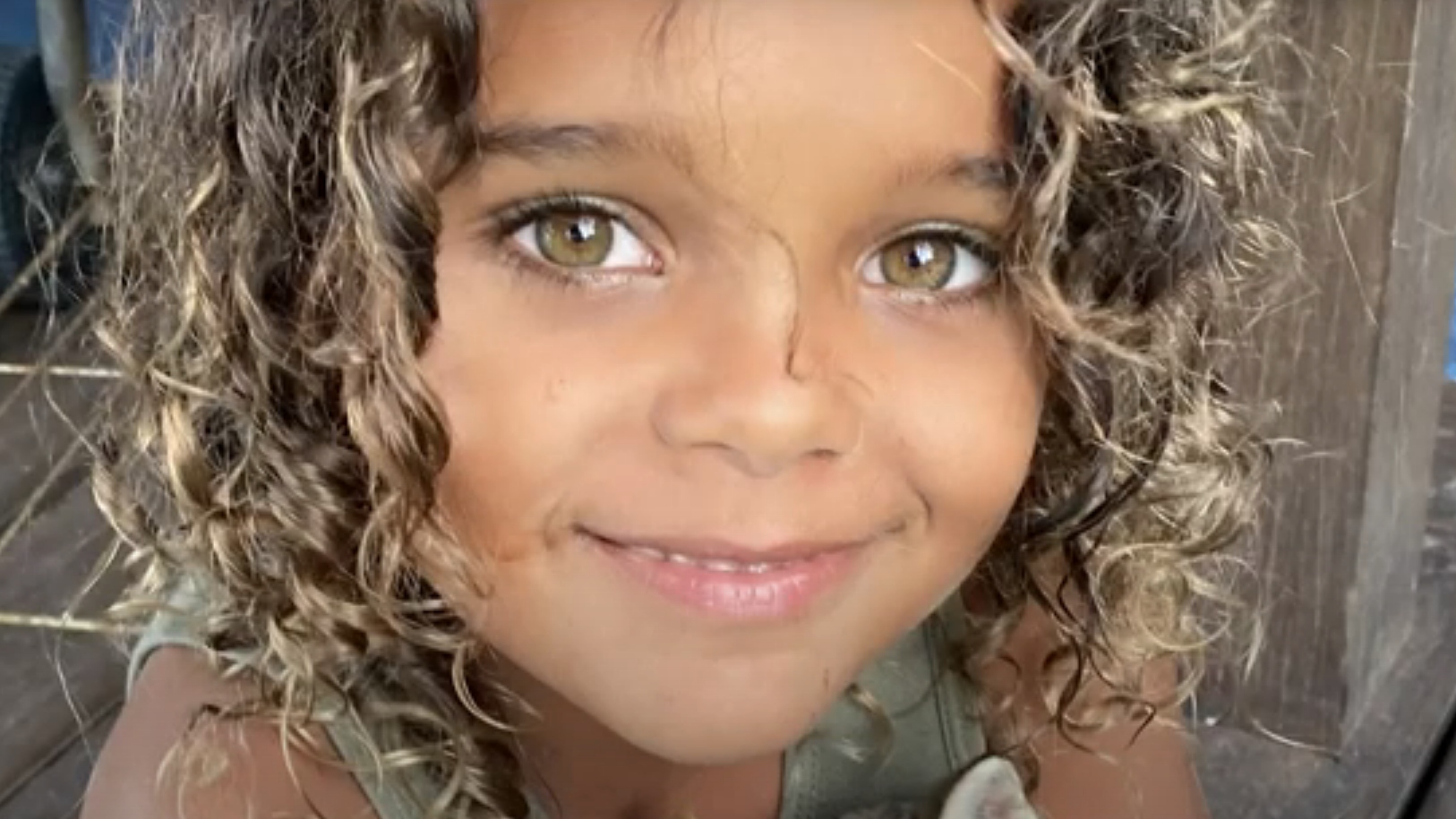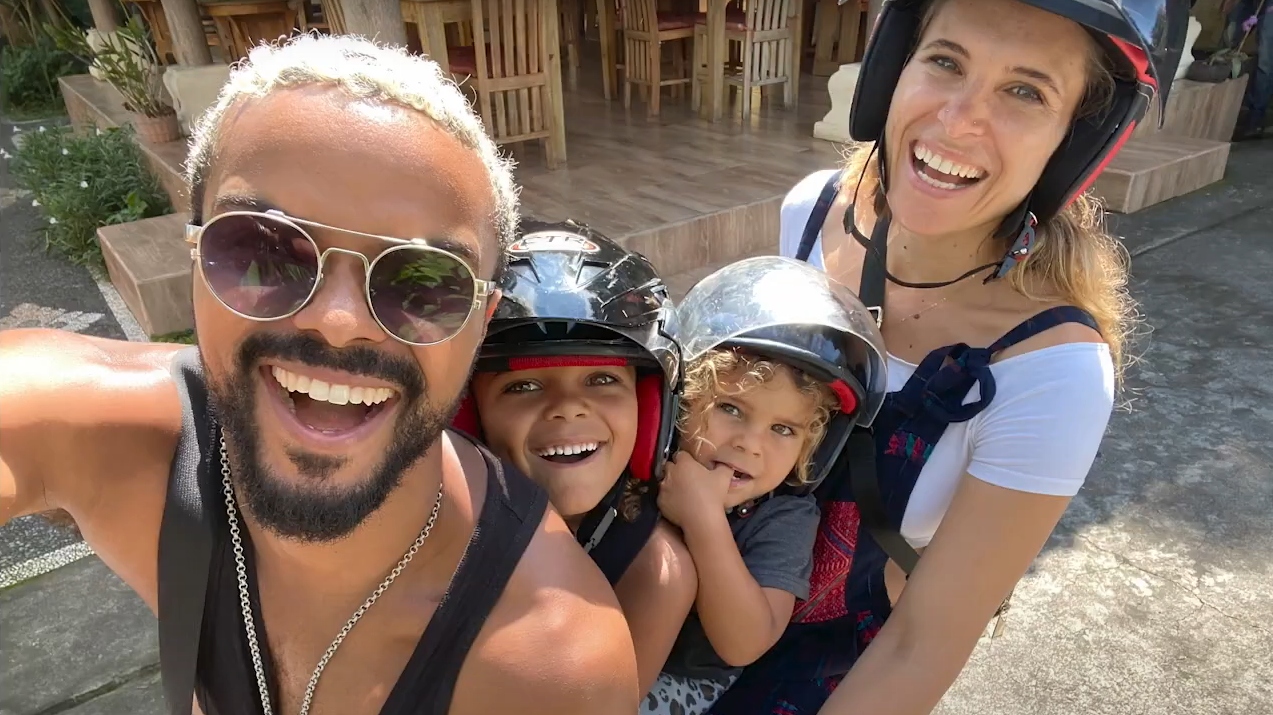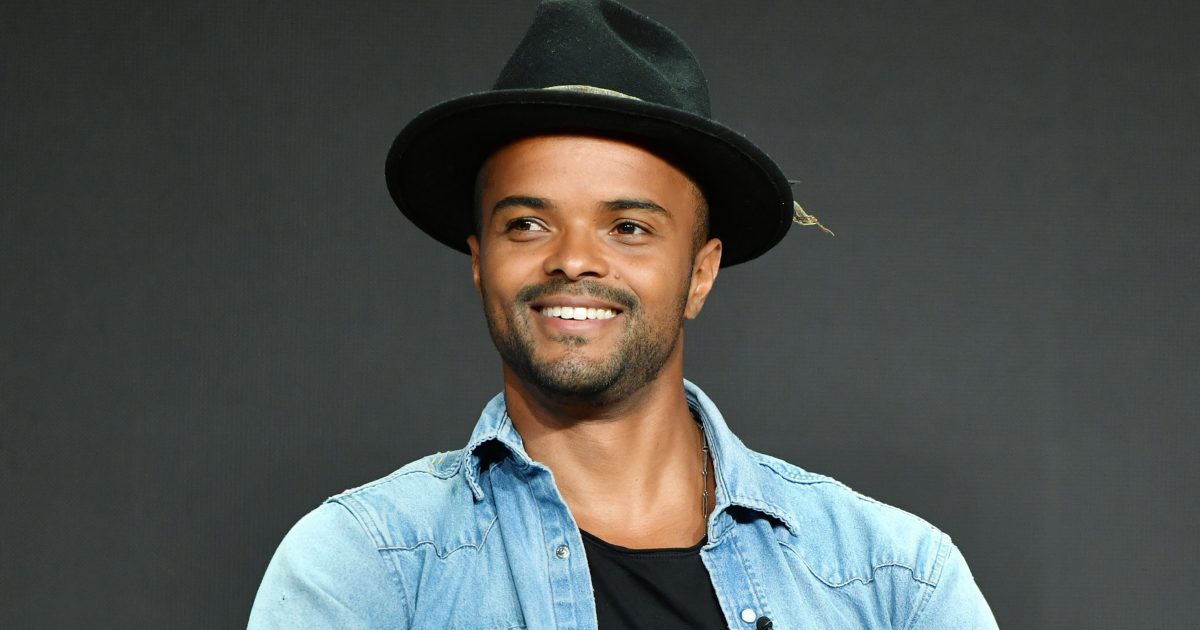Supporting a Child Through Cancer
- Marvel actor Eka Darville revealed that his young son Mana is bravely fighting brain cancer.
- The family said doctors told them his tumors have traits similar to glioblastoma, which is the most common form of brain cancer
- The family expressed their difficulty in paying for Mana’s medical bills, something so many cancer survivors and their families are familier with.
- There are programs and resources to help people get the care they need, including social workers, patient assistance programs and advocacy groups.
Darville, 33, shared beautiful photos and video of Mana on Instagram, with his long curly hair and wide smile. Mana is seen playing guitar with his dad and being a sweet big brother to his younger sibling.

Brain Tumors and Childhood Cancer
The family is now seeking treatment for Mana in the U.S., hoping experts can get to the bottom of his cancer.
“In true Mana style, this is one of a kind,” the family said of Mana’s disease.

In understanding pediatric brain tumors, it’s important to know that there are many types and they can be noncancerous (benign) or cancerous (malignant), according to the Mayo Clinic. Brain tumors in children are typically primary tumors, which mean they started in the brain or close to it. In most cases, the cause of the tumor isn’t known, but certain factors like a family history of brain tumors or genetic syndromes can increase the child’s risk of developing tumors.
Signs a child has a brain tumor can vary widely depending on the type of tumor and it’s location. But common signs of a brain tumor, according to the Mayo Clinic, include:
- Headaches, which may become more frequent and more severe
- Feeling of increased pressure in the head
- Unexplained nausea or vomiting
- Abrupt onset of vision problems, such double vision
Other possible symptoms include seizures, like Mana experienced, as well as abnormal eye movement, slurred speech, trouble swallowing, loss of appetite, difficulty with balance or walking, weakness, confusion, memory problems personality changes and hearing problems.
Treatment for childhood brain tumors depends greatly on the type of tumor and is typically very different from treatment an adult might undergo. So it’s important to discuss the child’s specific circumstances with their doctor to get a sense of the best options available.
Though Mana’s parents said they haven’t received a specific diagnosis yet, they did say doctors thought it had traits similar to glioblastoma. While glioblastomas are incurable, they are treatable.
Treatment depends on the type, size and location of the tumor in the child’s brain, but options may include surgery, radiation, chemotherapy and targeted drug therapy. Rahbilitation after treatment may also be necessary because the tumor can affect motor skills, speech, vision and thinking. That could include physical therapy for muscle strength, occupational therapy for daily activites, speech therapy and tutoring for memory.
When it comes to adults with glioblastomas, there is more and more hope with patients living longer lives these days.
Dr. Henry Friedman, a renowned neuro-oncologist at Duke Cancer Center, previously told SurvivorNet that there is indeed more optimism surrounding this disease.
Dr. Friedman and his Duke colleagues are investigating a new therapy that combines the modified poliovirus and immunotherapy to treat glioblastoma. "The modified poliovirus is used to treat this tumor by injecting it directly into the tumor, through a catheter. It is designed to lyse the tumor and cause the tumor cells to basically break up," he explained.
"I think that the modified poliovirus is going to be a game-changer in glioblastoma," Dr. Friedman added, "but I should also say that its reach is now extending into melanoma (skin cancer) soon to bladder cancer."
Help With Paying the Bills When a Child Has Cancer
Darville and his wife shared their difficulty in paying for Mana’s treatment, which they said insurance would not cover. They said options they’re looking at in the U.S. would cost tens of thousands of dollars. But they are determined to find ways to get Mana the treatment he needs, as they have started a fundraiser to help.
The family’s struggle with finances is a situation too many cancer surviors and their families know. Being faced with mounting medical bills when your child has cancer can be extremely daunting for parents. And aside from the immediate cost of treatment and care, it’s estimated that having cancer will cost adolescents and young adults anearly $260,000 over their lifetime, in the form of lost productivity, loss of well-being and loss of life, according to a recent study published in the Journal of Clinical Oncology. This finding highlights the need to increase access to life-changing care, financial literacy, adequate health insurance and even clinical trial participation.
READ MORE: Clinical Trials and What Statistics Really Mean
To help offset these financial burdens, it’s important to know that there are programs and resources to help make sure you can afford the care you or your loved ones need.
"My best advice to work around the system of whether or not drugs or tests can be covered for cancer is to make sure you have an advocate in your field working for you," Dr. Allyson Ocean, a medical oncologist at Weill Cornell, told SurvivorNet. "The frustrating part for me is that sometimes we even have to educate the insurance companies and say, 'There's a reason why I want to use this medicine.'"
Other ways to help find the funding for your cancer bills is to connect with a social worker whose familiar with your type of cancer. That person typically knows the resources available to you and how you can access them.
You can also ask about patient assistance programs offered by pharamaceutical companies to people who can't afford the full cost of a specific drug or treatment. While there may be maximum income thresholds, it can be helpful to ask, as companies may make expected for newer drugs so people can try them.
Nonprofit and advocacy groups also have programs in place to offer financial support to people who can't pay for their care. The Lazarex Cancer Foundation, for instance, reimburses patients for the costs associated with clinical trial participation, and other organizations such as the American Cancer Society and the Cancer Support Community may help patients secure lodging and travel for their care.
Learn more about SurvivorNet's rigorous medical review process.


